Visit our showroom : 6 Royan Place, Bayswater North, Victoria 3153
Visit our showroom : 6 Royan Place, Bayswater North, Victoria 3153
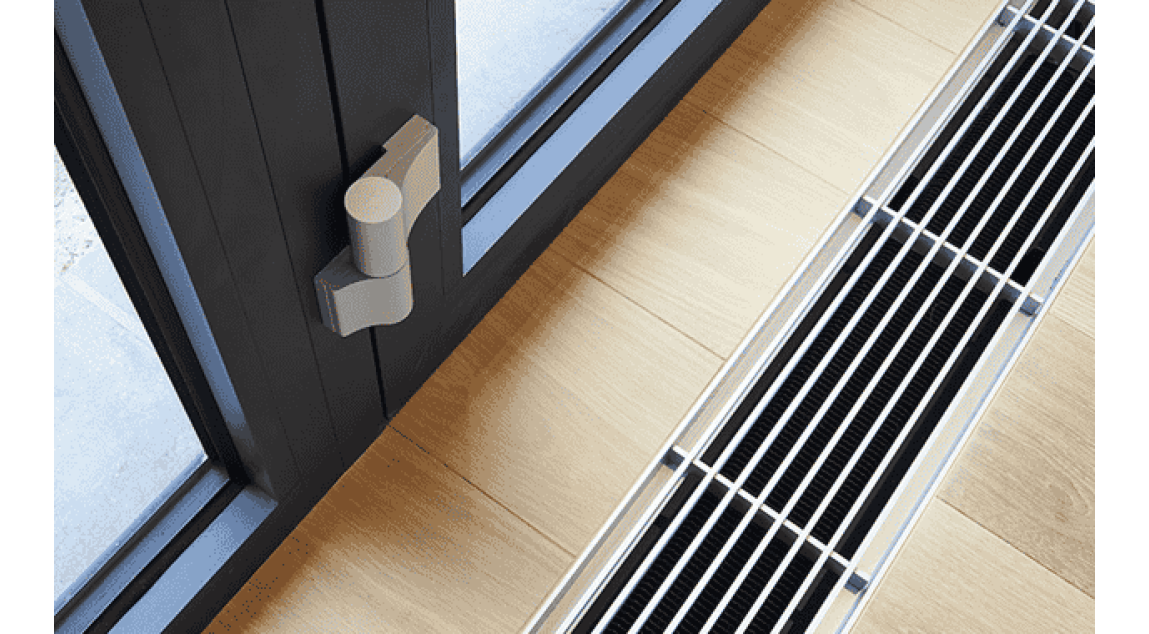
Melbourne winters can be long and unforgiving. During this time, we rely on heating systems more than ever, especially if you live or work in a property with poor insulation. And with Autumn almost over, there’s no better time than now to upgrade your heating system.
So, what are your options? Other than split systems, two of the best options available are either gas or electric ducted heating. Today, we’re going to break down the distinct advantages offered by each system. Hopefully, this info will help you to find a system that best suits your needs!
According to a 2024 report from Renew and Environment Australia, approximately “44% of Victorians” still use gas powered ducted heating. While this data shows that a large amount of properties still use these systems, more and more people have moved to ‘electrify’ their household and go completely gas free.
From industrial closures to the Gas Substitution Roadmaps, the future of gas in Victoria is very much still up in the air. These initiatives have also been supported by government rebates for homeowners that switch from gas to electric.
Rounding back to the focus of today’s blog, these various factors have led to a larger uptake in reverse cycle ducted systems that are powered solely by electricity. That being said, ducted gas does still have its time and place.
Ducted heating continues to be one of the best ways to maintain warmth in larger spaces. Even if you’ve never personally owned it, you will have experienced the benefits of it at work, the movies, your local shopping centre, or the homes of your family and friends.
Unlike split systems designed to cover individual rooms, ducted heating delivers warmth to your entire home or business through a network of ducts. Across the board, ducted systems are powered by either gas or electric reverse cycle units, and can involve add-on cooling for year-long comfort.
A key feature of ducted heating is its ability to be controlled through a thermostat or smart home technology.
As compared to the slower method of a hydronic system, ducted heating is known for delivering warmth on demand. If new or well-maintained, it will be able to warm up most homes or offices within a minute or two. Of course, unless it’s reverse cycle, it will require a gas connection to run.
These days, your ducted heating can be controlled through thermostats mounted on the wall or via smart apps. Another feature of note is zoning, which refers to the ability to set a different temperature in various sections of the property. This way, you could heat bedrooms at night, without the need to warm up the living room.
In many homes, ducted systems are preferred because of their ability to keep large areas warm.
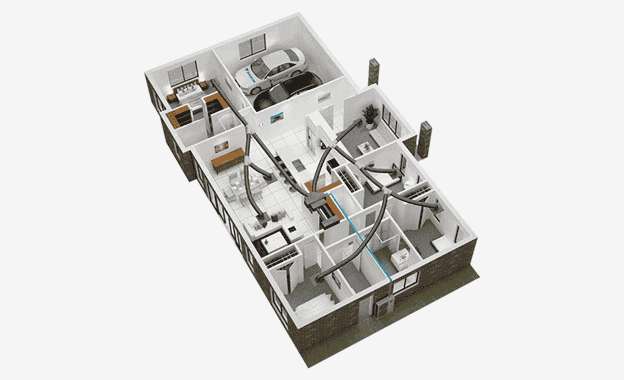
Ducted heating installation is naturally more complex than setting up a split system or a gas log fire. This is because it involves large components that need to be carefully placed in the roof, as well as ductwork, thermostats, and other features.
A ducted heating installation may involve all of the following steps:
If you’ve been looking to go gas-free, electric reverse cycle ducted heating could be the perfect alternative. Unlike gas-based systems, these units can heat and cool your home using a single system—making them a year-round comfort solution.
At the core of a reverse cycle system is a heat pump that absorbs ambient heat from the outside air and transfers it indoors. In cooling mode, it works in reverse to extract heat from your home. This makes it highly efficient, especially in moderate climates like Melbourne.
One of the biggest benefits is zoning. You can heat just the rooms you’re using, cutting down on energy waste. It also runs quietly, distributes air evenly, and doesn’t produce combustion by-products—making it a great option for eco-conscious homeowners.
When set to heating mode, the system draws in air from outside, extracts heat energy (even in chilly conditions), then pumps that warmth into your living spaces. It’s clever tech that works even when outdoor temps drop to near freezing.
These systems are also equipped with advanced inverter technology, allowing them to maintain a consistent temperature without cycling on and off constantly. This not only improves comfort but also reduces energy use over time.
Smart thermostats and app-based controls give you complete command, whether you’re on the couch or heading home from work. And because everything’s handled by electricity, it’s easy to pair with solar systems for even lower running costs.
Costs (both upfront and ongoing) will play a major role as you decide between gas and electric heating. Reverse cycle ducted systems may have a higher upfront price if you’re starting from scratch, but they offer the added bonus of year-round heating and cooling in one.
While ducted gas can come with higher running costs, it still offers excellent performance. At the end of the day, it’s worth weighing up both of these factors. If you’re willing to pay a little more for extra comfort, gas could be the way to go.
However, in terms of energy use, modern electric systems tend to outperform older gas models, especially when paired with solar panels. Running costs will depend on how often you use the system and the size of your home, but reverse cycle units are among the most energy-efficient heating options available in Victoria.
As you can see in the graph below, gas ducted heating consistently rates as one of the most expensive systems to run. On average, a 3-star rated gas system costs Victorian households approximately $3,600 throughout the 2024 calendar year.
By the same metrics, those who used a 1-star electric ducted heating system paid over a thousand dollars less over the exact same period. Another advantage of going electric is that it can remove the burden of paying both electricity and gas bills simultaneously.
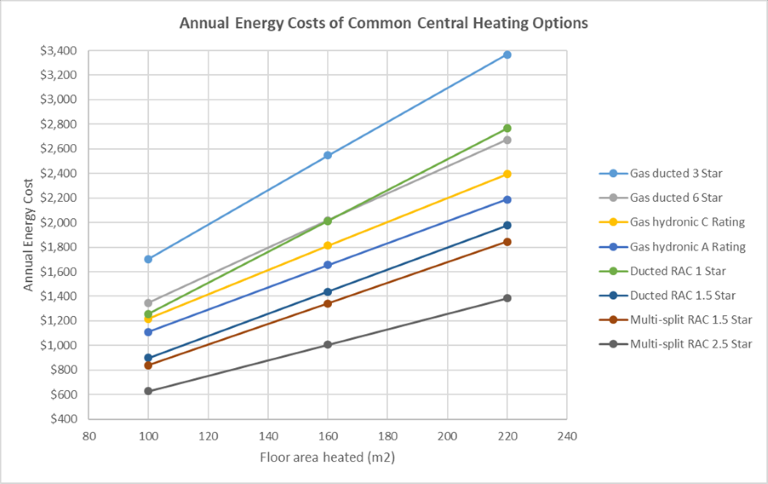
Every ducted heating system, be it gas or electric, runs at a varying efficiency level. This then has a direct impact on the amount you end up paying on energy bills. Luckily, gauging the efficiency of each system is fairly easy in Australia. This is all thanks to our ‘Energy Star Rating’ labels.
The Zoned Energy Rating Label found on air conditioners provides important information about energy performance. The top section of the label displays the unit’s rated cooling and heating capacities in kilowatts (kW). On the right-hand side, it shows the estimated annual electricity consumption for cooling and heating across various climate zones. This updated label, known as the Zoned Energy Rating Label (R), has replaced the former Energy Rating Label (L).
While the new label is now in use, some retailers may still have air conditioners with the old Energy Rating Label. In most cases, models with the new label offer greater efficiency than those with the old label, even if the star rating appears the same.
Deciding between gas and electric ducted heating ultimately depends on your lifestyle, home layout, and budget. If you want fast warmth and already have gas connections, ducted gas may suit your needs. If you’re after a more efficient, future-ready solution that also cools in summer, reverse cycle ducted heating is hard to beat.
Either way, consulting a qualified heating specialist will set you on the pathway to choosing the right system and having it installed to the highest standard. Whether you’re after gas ducted or electric ducted heating and cooling in Melbourne, you can always reach out to us for expert advice!
With more than 25 years of experience, Maroondah Air is Melbourne’s go-to team for heating and cooling. From free in-home quotes to full installations backed by a 6-year certificate of compliance, we’re here to help you stay warm all winter long.
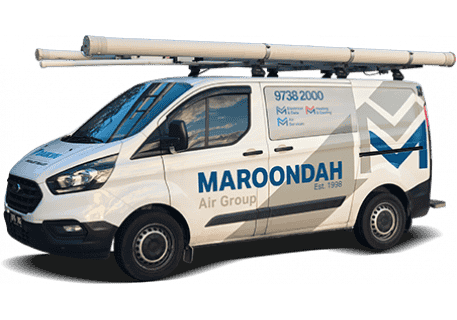
We also offer interest-free payment plans to make your new system more affordable. Whether you need electric ducted heating in Chadstone, Doncaster, or Toorak, make Maroondah Air your first call!
Our service is built on a strong foundation of honesty, integrity, and an in-depth knowledge of the latest heating technology. Speak to us today to explore your options!
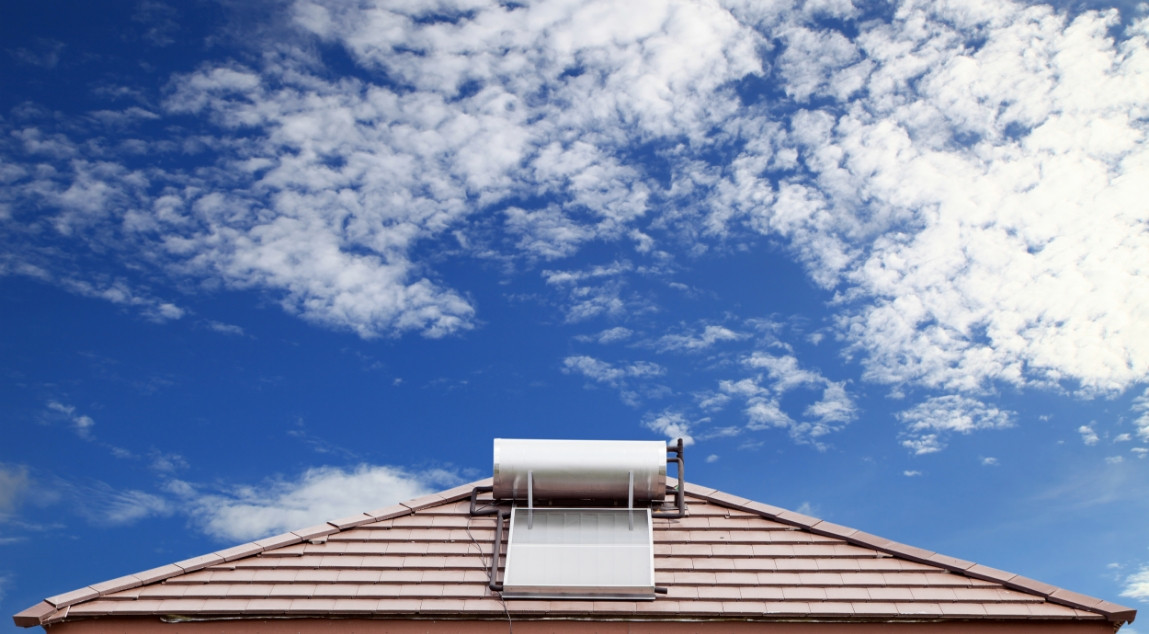
Looking to go gas free in Victoria? You’re not alone. Both on a local and national level, a major push is being made to help property owners transition away from gas based appliances and embrace more efficient carbon-friendly options. Effective Jan 1, 2024, Victoria’s Gas Substitution Roadmap will officially begin. This initiative not only aims […]
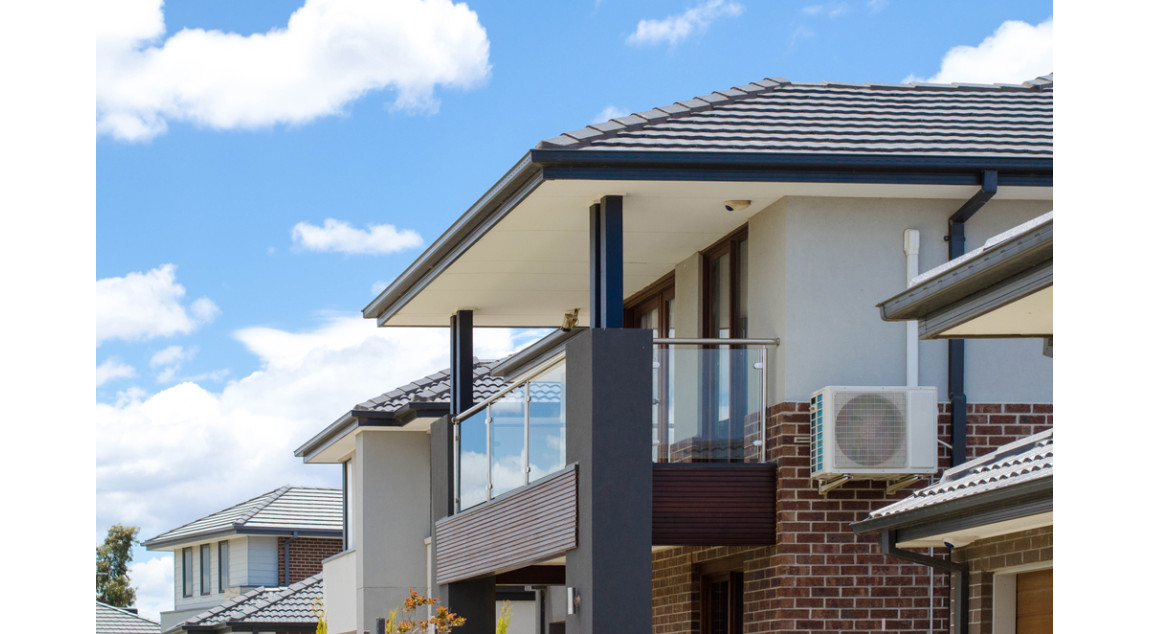
As one of Melbourne’s leading heating and cooling companies, we have some expert tips and advice to keep you comfortable and cool. From rebates to cutting edge air conditioning systems, there are various steps you can take.
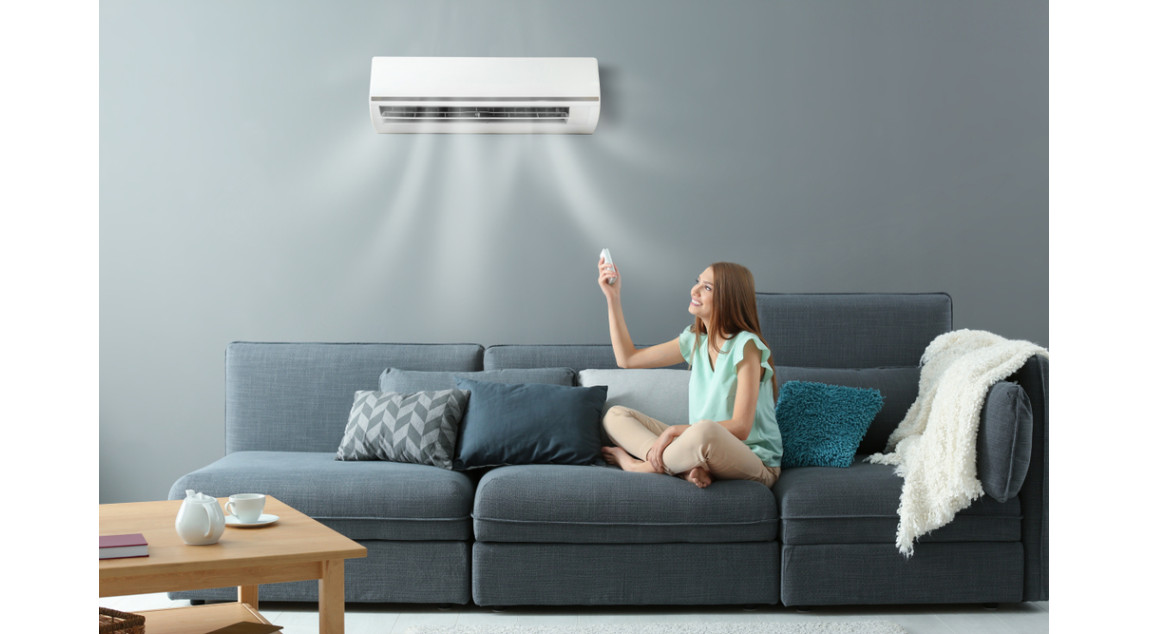
Whether you’re upgrading, fitting out a new property, or simply want to stay ready for the warm weather, we’re here to break down the best and brightest split systems available this summer.
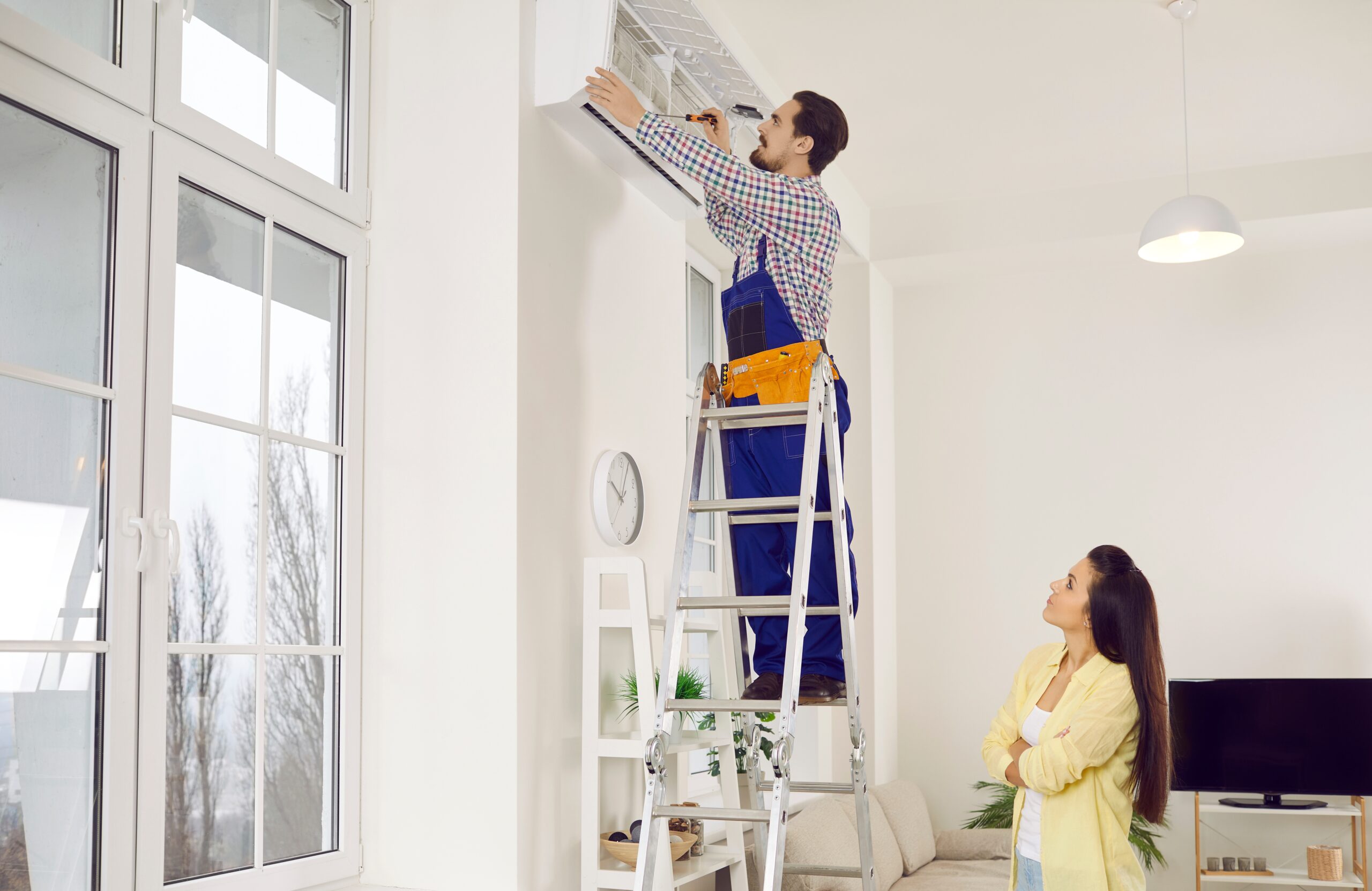
A new air conditioning system is a big investment for any home and business. While the unit and brand is an important consideration, so is the company you choose. From the initial installation to ongoing servicing and repairs, you need someone that you can trust, respect, and depend on in a crunch. These days, heating […]

On a global level, our weather is becoming more unpredictable and extreme than ever. Australia is certainly no exception to the rule. In response, we’re all searching for ways to cope and be as comfortable as possible. Luckily, this is where split systems really fit the bill. Unless you’ve recently undertaken a renovation or bought […]
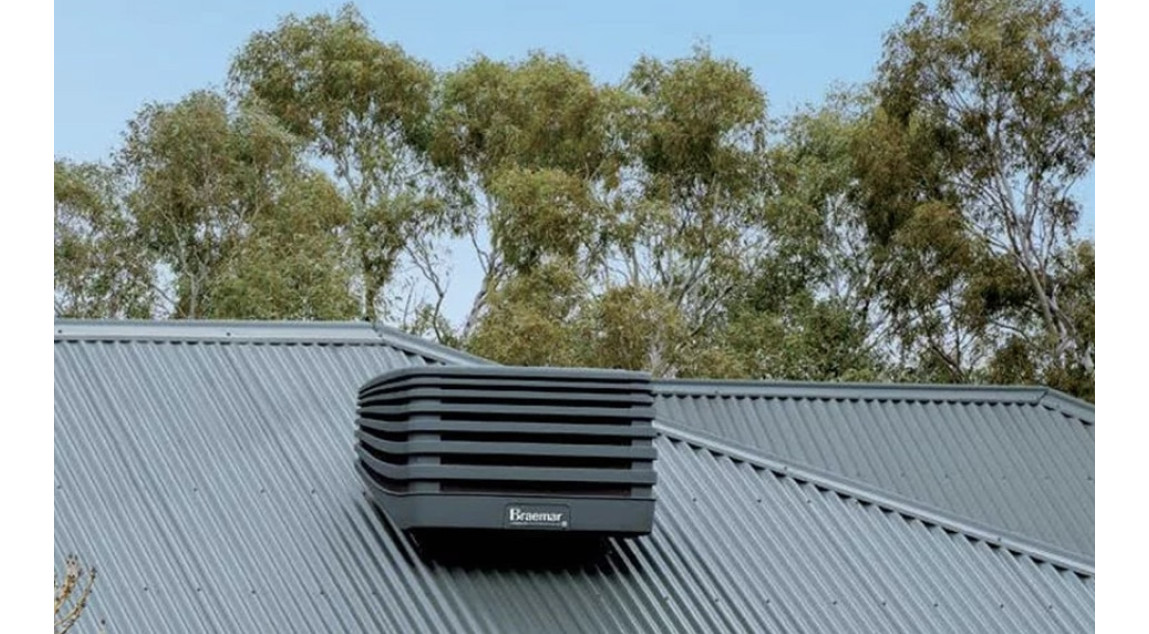
While split systems tend to get a lot of attention, there are many other great forms of air conditioning available. Today, we are going to shine a light on a highly regarded alternative–evaporative cooling systems. Often dubbed the most natural and eco-friendly form of air conditioning, evaporation coolers are available as both stand alone units […]
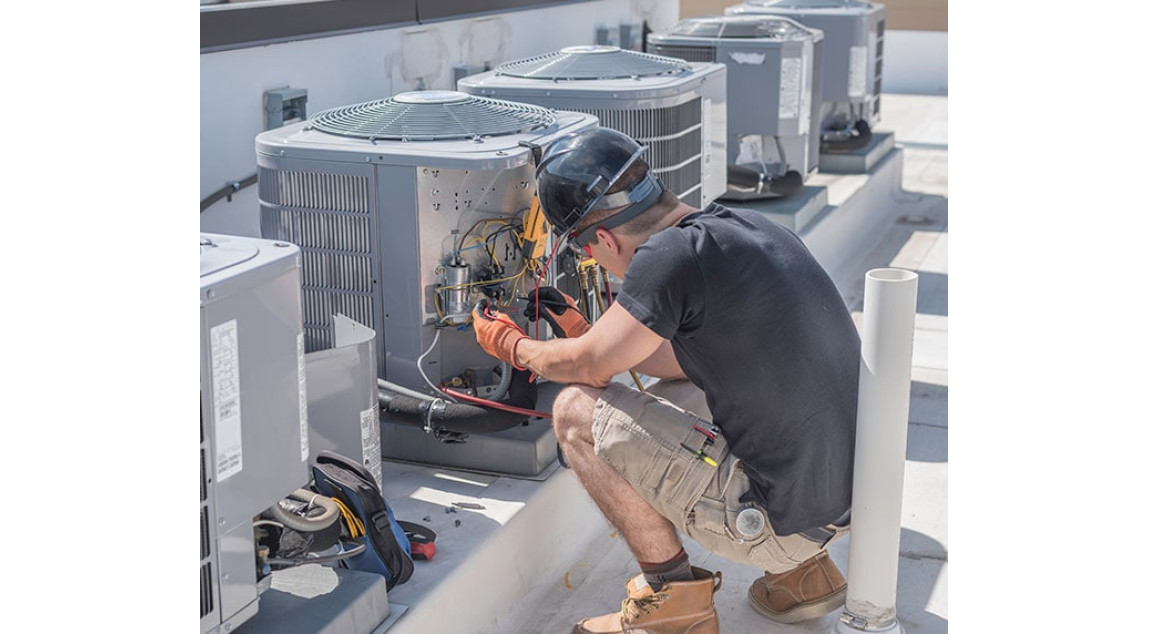
Your air conditioner won’t always last forever, but regular servicing sure helps to extend its lifespan. If you’re using the unit on a regular basis, this places a strain on all of its components, which can quickly lead to costly repairs.

Whether you want to retrofit a gas log fire into your existing fireplace or fit one into a newly built home, there’s never been a better time to invest in a brand new Rinnai log fire. Let’s explore why right now.
Types of Rinnai Gas Log Fires
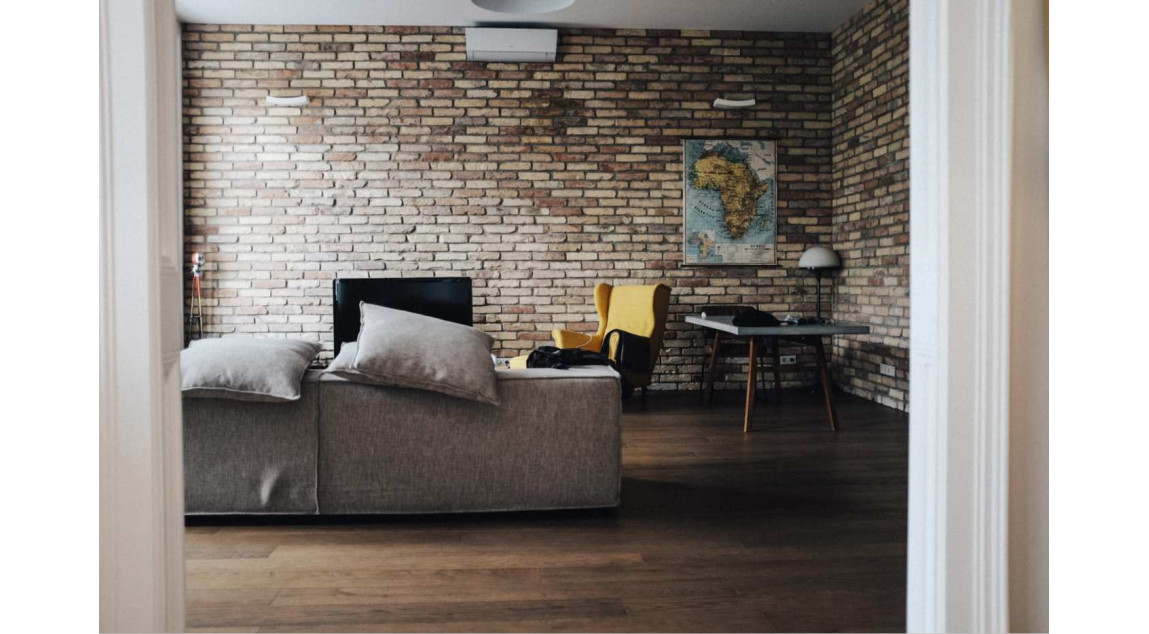
Inflation and cost-of-living pressures are undoubtedly two of the biggest challenges that Melbournians currently face. While we are unable to control the cost of petrol and supermarket items, there are some ways to cut down and save money. Today, we’re going to focus on heating and cooling and highlight some ways that you can save […]
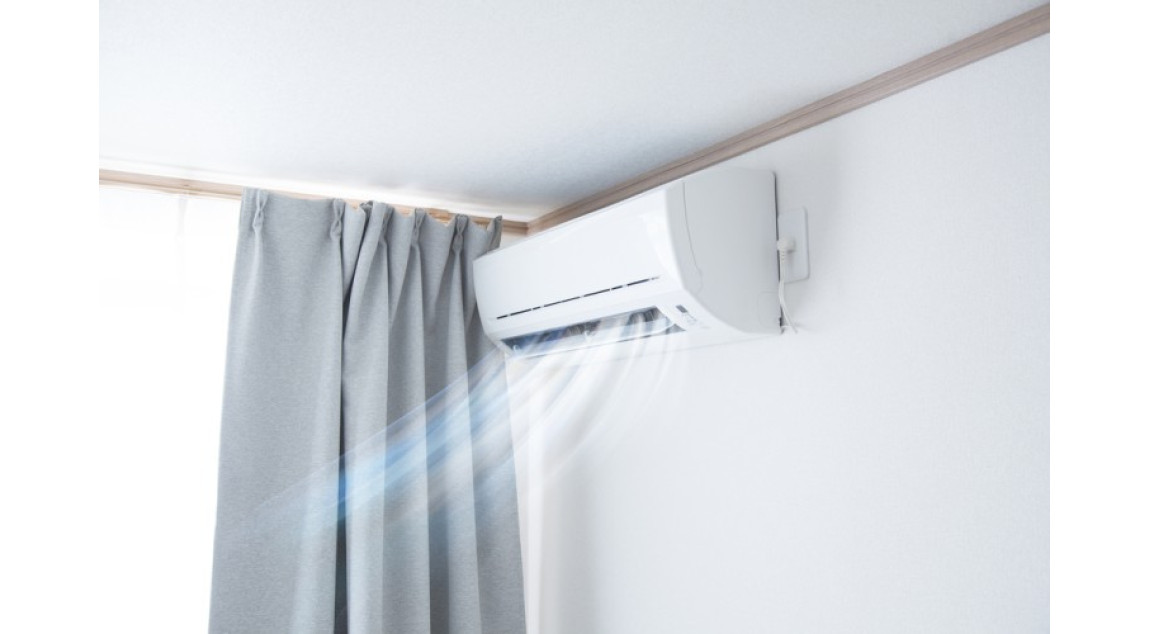
Air conditioning plays an incredibly important role in all of our lives. From home to work, shopping centres and public transport, we rely on these systems almost every day. As our need for reliable AC continues to grow, so does the capacity and functionality of modern air conditioning units. Without a doubt, split systems are […]